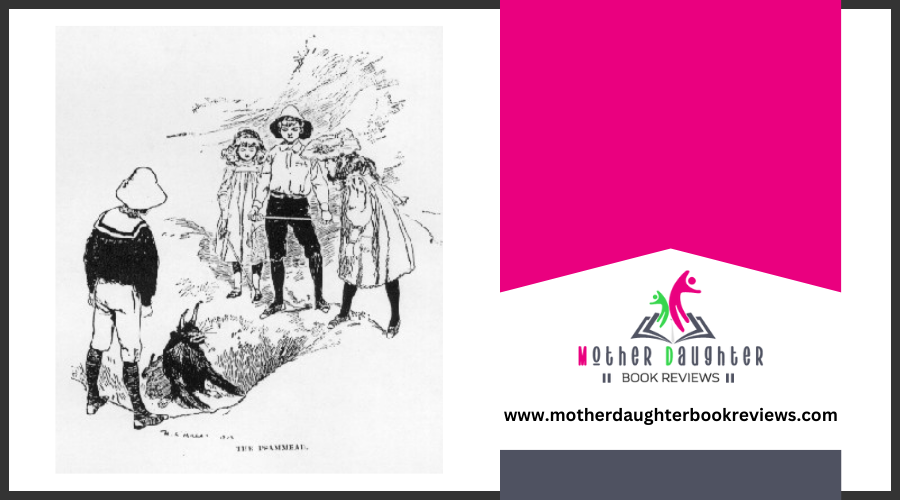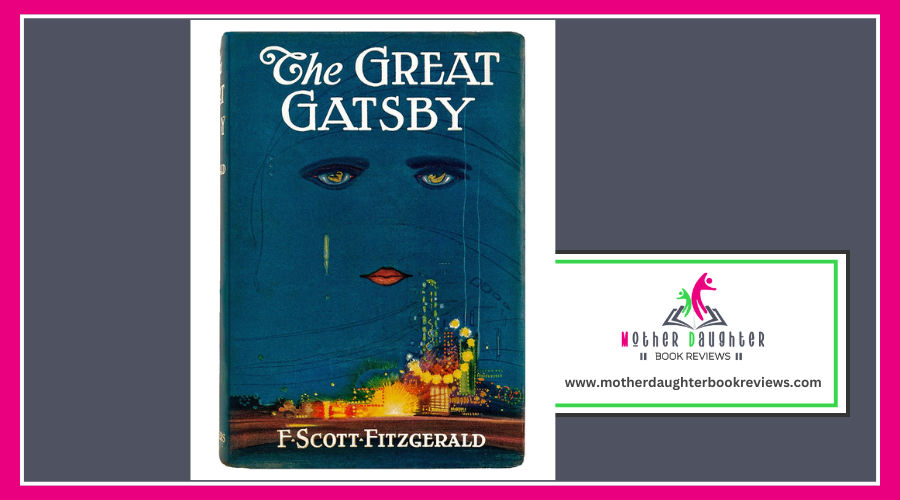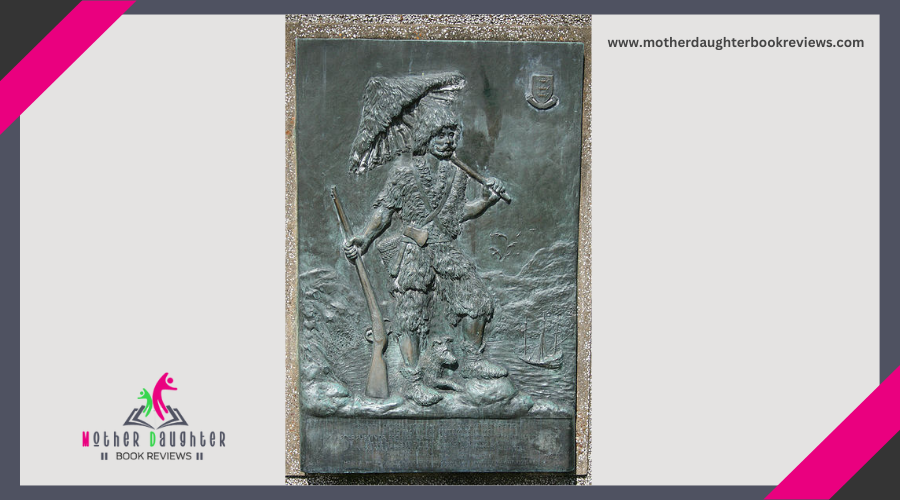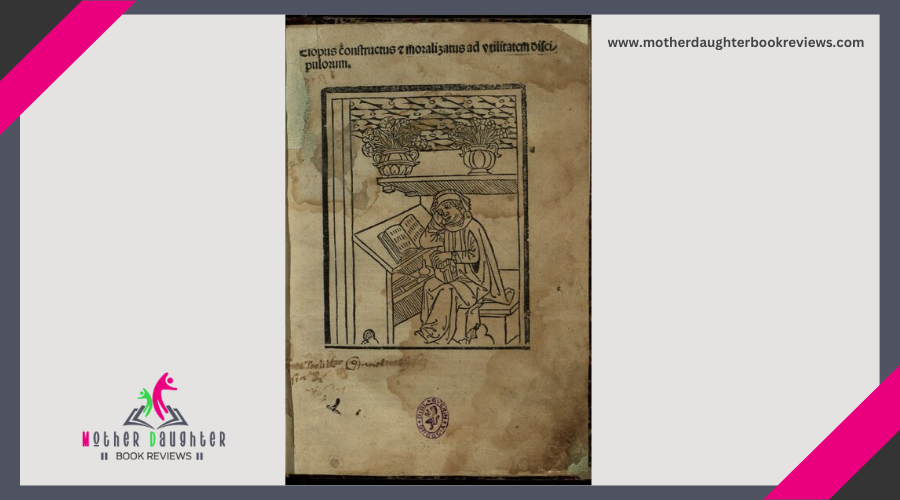How Do Classic Fairy Tales Capture the Magic of Fantasy?
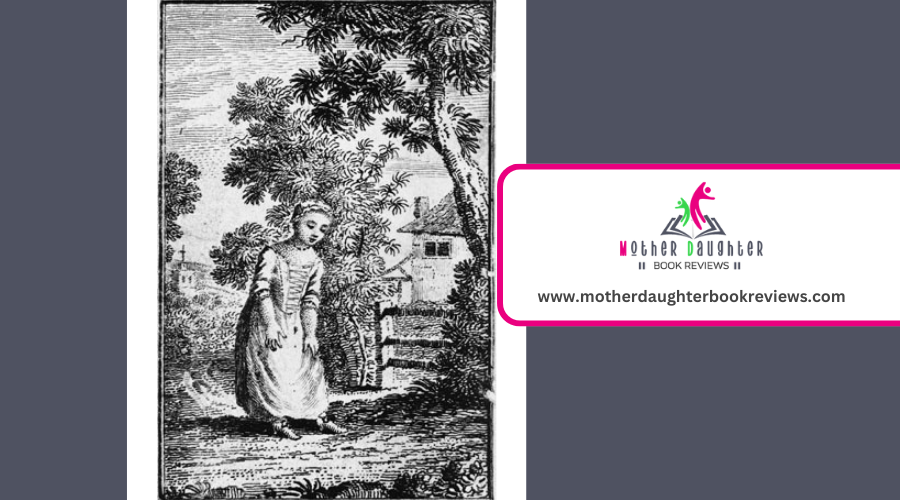
In classic fairy tales, you experience the magic through enchanting settings and mythical creatures that whisk you away to fantastical worlds. These tales feature brave heroes and clever heroines, embodying timeless archetypes that navigate the battle between good and evil. You'll find them on transformative quests filled with unexpected allies and profound personal growth. The universal appeal of themes like love, bravery, and justice guarantees their stories linger in your mind long after the last page.
Whimsical Settings
Playful settings transport readers into domains where imagination knows no bounds. Picture yourself wandering through enchanted landscapes filled with lively colors, talking animals, and magical elements. These fanciful settings are the backbone of classic fairy tales, offering an escape into mystical domains where the impossible becomes possible.
These settings serve as more than just backdrops. They actively shape the narrative, influencing the characters' actions and decisions. You're not just reading about these places; you're experiencing them firsthand. The enchantment of these worlds lies in their ability to transport you, making you feel like you're part of the adventure.
Through these fanciful settings, classic fairy tales capture the magic of fantasy, drawing you into a universe where dreams take flight and the extraordinary becomes your everyday reality.
Archetypal Characters
As you wander through these fanciful settings, you'll encounter characters that embody timeless archetypes, each with a unique role to play in the narrative tapestry. These protagonists, regardless of being brave princes or clever heroines, follow classic protagonist archetypes that drive the story forward. Antagonist roles, often filled by witches, ogres, or evil stepmothers, create conflict that fuels the narrative structures and keeps you engaged.
Character development in fairy tales often centers around moral lessons, teaching values like courage, kindness, and integrity. However, these stories also reflect gender stereotypes and cultural representations that can be both enlightening and problematic. Male characters are frequently depicted as strong and heroic, while female characters might be portrayed as passive or in need of rescue, revealing societal norms of their times.
Despite these stereotypes, the emotional connections you form with these characters are profound. As you follow their expeditions, you relate to their struggles and triumphs, making the story's impact more personal. Regardless of overcoming obstacles or achieving personal growth, these archetypal characters not only entertain but also offer a mirror to our own lives, enriching the fairy tale experience.
Heroic Quests
Setting out on heroic quests, you plunge into the heart of what makes fairy tales and fantasy novels so enchanting. These expeditions often begin with a call to adventure that beckons the hero to step out of their ordinary world. As you follow their path, you'll encounter moments that demand courageous choices, defining the hero's character and driving the narrative forward.
While on these quests, the hero often meets unexpected allies who provide crucial assistance. These allies can be anyone from a wise mentor to a humble companion, each contributing to the hero's expedition in unique and meaningful ways. Together, they navigate treacherous landscapes and face formidable challenges, underscoring the importance of collaboration and trust.
Key elements that make heroic quests compelling include:
- Courageous choices: The hero must often choose between what is easy and what is right, displaying true bravery.
- Unexpected allies: Characters who appear suddenly to help, adding depth and surprise to the story.
- Treacherous landscapes: The hero navigates dangerous terrains, symbolizing the internal and external struggles they must overcome.
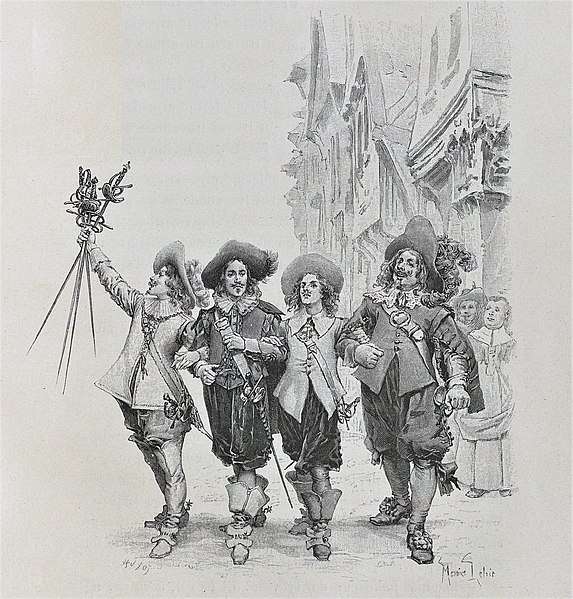
Magical Creatures
Enriching the worlds of fairy tales and fantasy novels, magical creatures bring a sense of wonder and mystery to the narrative. When you encounter enchanted beings like dragons, fairies, and unicorns, you're instantly drawn into a domain where the impossible becomes possible. These creatures aren't just there for show; they often carry deep mythical symbolism that adds layers of meaning to the story.
Dragons, for instance, can symbolize both destruction and protection, depending on their role in the tale. Fairies, with their ethereal beauty and magical abilities, often represent the unseen forces of nature and destiny. Unicorns, elusive and pure, symbolize innocence and the quest for truth. When these enchanted beings interact with the main characters, they challenge them in ways that ordinary creatures can't, pushing the story forward and enriching the hero's expedition.
Transformative Journeys
Initiating transformative expeditions, characters in classic fairy tales and fantasy novels often undergo profound personal growth that shapes their destinies. These quests aren't just physical endeavors but also paths of self-discovery and personal transformation. As you read these tales, you observe how characters evolve, facing trials that test their limits and reveal their true selves.
In these self-discovery expeditions, you'll notice:
- Challenges and Trials: Characters encounter obstacles that push them to grow. Regardless of it being a dragon to slay or a riddle to solve, these challenges are crucial.
- Mentors and Guides: Wise figures often appear to offer guidance. They provide wisdom that aids the protagonist on their expedition, fostering personal growth.
- Inner Conflict: It's not just external battles; characters grapple with internal struggles. This inner conflict often leads to profound self-awareness and transformation.
These transformative expeditions captivate you because they mirror real-life experiences. As the characters achieve personal growth, they resonate with your own struggles and triumphs. The magic of these stories lies in their ability to inspire and reflect the endless possibilities of self-discovery.
Themes of Good Vs Evil
In classic fairy tales and fantasy literature, the battle between good and evil often drives the narrative, creating a compelling framework that keeps you engaged. These stories set up clear moral dichotomies that help you understand complex morality lessons through the actions and choices of the characters.
Good and evil are often personified in characters like heroes and villains, making the abstract concepts tangible. This personification allows you to see the consequences of choices firsthand. For example, Cinderella's kindness contrasts sharply with her stepmother's cruelty, illustrating the rewards of virtue versus the downfall of wickedness.
Character development is essential in these tales. Heroes often start with humble beginnings, growing stronger and more virtuous through their trials. Villains, on the other hand, may begin with power but are ultimately undone by their own evil actions. This growth and downfall provide rich layers to the narrative, ensuring that you remain invested in the outcome.
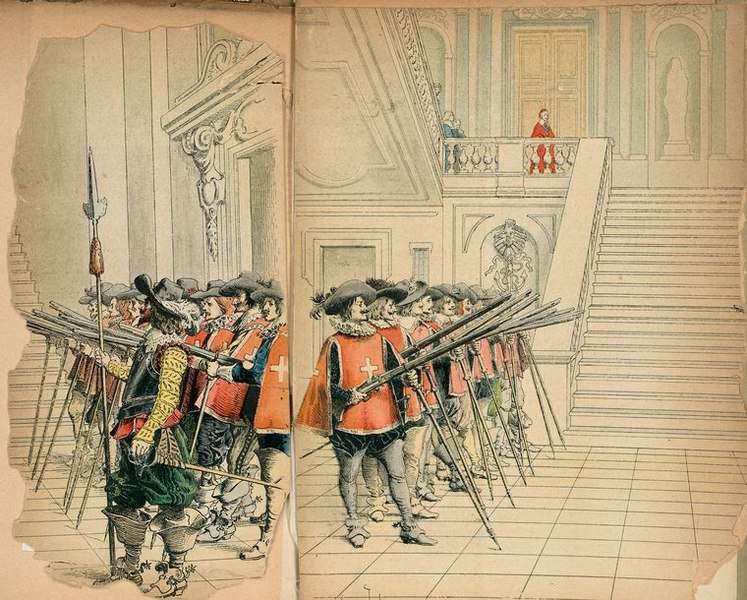
Conclusion
These stories captivate you because they weave together cultural relevance and moral lessons, making them unforgettable. When you read or hear these tales, you're not just entertained; you're also exposed to values and truths that resonate through time.
What makes these stories so enduring? Consider the following:
- Universal themes: Love, bravery, and justice are concepts everyone can relate to, no matter the time period.
- Moral lessons: They teach you the difference between right and wrong, often in a way that's easy to grasp and remember.
- Cultural relevance: These tales often mirror societal norms and values, giving you a glimpse into the past while remaining surprisingly applicable to the present.
Fairy tales like "Cinderella" and "Snow White" continue to be retold because their core messages are ever-relevant. They offer a simple yet profound way to understand life's complexities. When you immerse yourself in a classic fairy tale, you're engaging with a narrative that has shaped countless lives and continues to do so. It's this mix of cultural relevance and moral lessons that guarantees these stories never lose their magic.

